What Is a Flowmeter? Classification & Industrial Applications – Detailed Guide 2025
What Is a Flowmeter? Classification & Applications in Industry
In modern industrial systems—from steam, compressed air, water, oil, to chemicals—accurate flow measurement is essential. Flow data forms the basis for:
-
Operational optimization
-
Reducing energy losses
-
Pressure–temperature–PID control
-
Production quality control
-
Predictive maintenance
Because of this, flowmeters have become mandatory components in every factory.
What Is a Flowmeter?
A flowmeter (flow gauge, flow measurement device) is used to measure:
✅ Instantaneous flow
✅ Total flow (Totalizer)
✅ Flow velocity
✅ Mass flow
Flowmeters can measure various media, including:
-
Steam
-
Compressed air, Nitrogen (N₂), CO₂
-
Clean water – hot water – chilled water – wastewater
-
Oil, fuel, solvents, chemicals
Depending on the type of medium, pressure, temperature, and viscosity, different flowmeter technologies will apply.
How a Flowmeter Works
Flowmeters operate based on one of the following principles:
| Principle Group | Device Examples | Applications |
|---|---|---|
| Velocity sensing | Vortex, Turbine | Steam, water |
| Differential pressure | Orifice, Venturi | Gas, steam |
| Electromagnetic | Magnetic flowmeter | Water, wastewater |
| Ultrasonic | Clamp-on, inline ultrasonic | Steam, water, oil |
| Mass flow | Coriolis | Chemicals, oil |
| Thermal | Thermal mass flowmeter | Compressed air, gas |
Common Types of Flowmeters Used in Industry
Below are the most widely used flowmeters in industrial plants:
1. Vortex Flowmeter (Steam Measurement)
Best suited for: saturated steam, superheated steam, compressed air.
Principle: Measures the frequency of Karman vortex shedding behind a bluff body.
Advantages:
-
Very stable for steam
-
Withstands high temperature (200–450°C)
-
Cost-effective
-
Long lifespan
Disadvantages:
-
Not suitable for dirty liquids with solids
-
Requires straight pipe lengths
✅ Recommended brands: Yokogawa, TLV, Endress+Hauser
✅ Phuc Minh supplies all models and accessories.
2. Orifice Flowmeter (Steam & High-Pressure Gases)
Principle: Measures ΔP (differential pressure) across an orifice plate.
Advantages:
-
Lowest cost
-
Easy installation & replacement
-
Suitable for high-pressure systems
Disadvantages:
-
Lower accuracy
-
Higher pressure loss
✅ Applications: steam, compressed air, nitrogen.
3. Electromagnetic Flowmeter (Water – Conductive Liquids)
Principle: Faraday’s Law – induced voltage proportional to fluid velocity.
Advantages:
-
Very high accuracy
-
Not affected by viscosity
-
No obstruction in the pipe
Disadvantages:
-
Only works with conductive liquids
-
Cannot measure steam, gas, oil
✅ Applications: clean water, wastewater, chemical liquids.
4. Ultrasonic Flowmeter (Clamp-On)
Advantages:
-
No pipe cutting required
-
Measures water, oil, chemicals, and even steam
-
Quick installation
Disadvantages:
-
Higher cost
-
Requires clean pipe surface
✅ Ideal for temporary measurement or large pipe sizes.
5. Turbine Flowmeter (Fuel & Oil Measurement)
Advantages:
-
Good repeatability
-
Affordable
Disadvantages:
-
Moving parts wear out → maintenance needed
-
Not suitable for dirty fluids
✅ Applications: diesel, fuel oil, gasoline, solvents.
6. Coriolis Mass Flowmeter (Ultra-High Accuracy)
Used for: chemicals, oils, liquefied gases.
Advantages:
-
Extremely low error
-
Direct mass flow measurement
-
Not affected by temperature or pressure changes
Disadvantages:
-
Highest cost
✅ Ideal for petrochemical & high-precision industries.
Applications of Flowmeters in Industrial Plants
Flowmeters are used in:
✅ Boilers
✅ Steam distribution pipelines
✅ Compressed air systems
✅ HVAC systems (Cooling Tower – Chiller)
✅ Oil – fuel – solvent lines
✅ Water treatment – RO – UF – EDI
✅ Chemical mixing
✅ Textile – Food – Pharmaceutical industries
Flow data helps engineering teams:
-
Monitor equipment efficiency
-
Reduce losses
-
Optimize energy usage
-
Detect leaks
-
Plan maintenance accurately
How to Select the Right Flowmeter for Your Plant
When choosing a flowmeter, consider:
✅ 1. Medium type (steam, water, gas, oil…)
✅ 2. System pressure & temperature
✅ 3. Electrical conductivity
✅ 4. Clean or contaminated fluid
✅ 5. Pipe size
✅ 6. Required accuracy
✅ 7. Budget
Examples:
-
Steam → Vortex or Orifice
-
Clean water → Electromagnetic
-
Oil → Turbine or Coriolis
-
Compressed air → Thermal Mass
Phuc Minh provides on-site surveys and selects the correct model for each application.
Common Mistakes When Choosing the Wrong Flowmeter
❌ Choosing the wrong technology → high error rate
❌ Installing at the wrong location
❌ Not having enough straight pipe length
❌ No periodic calibration
❌ Using water flowmeters for steam → immediate damage
These mistakes can cause 5–20% monthly energy losses.
Why Choose Flowmeters from Phuc Minh Engineering?
✅ Over 10 years of experience with steam – air – water systems
✅ Official distributor: Yokogawa, TLV, Endress+Hauser, Kitz, Yoshitake
✅ Correct technical selection and consultation
✅ On-site installation – calibration – maintenance
✅ Full CO – CQ certification, long warranty
Contact for Flowmeter Consultation
PHUC MINH ENGINEERING CO., LTD
📞 Hotline: 0902 800 728 – 0907 450 506
📧 Email: info@pm-e.vn
🌐 Website: https://pm-e.vn
Phuc Minh – The optimal measurement & control solution for industrial systems.
Related News

What Is a PID Controller? Principles, Structure & Real Industrial Applications (2025)
07/11/2025
In every modern factory—from steam systems, compressed air, HVAC, chemicals, food and beverage to pharmaceuticals—the PID Controller plays an extremely important role in keeping systems stable, safe, and energy-efficient. A PID controller is considered the “brain” of an automation system. It continuously maintains the Process Value (PV) close to the Setpoint (SP), minimizes fluctuations, and optimizes overall performance.

What Is a Flowmeter? Types & Industrial Applications – Complete 2025 Guide
07/11/2025
Flowmeters play a critical role in modern factories, where accurate measurement of steam, air, water, chemicals, and industrial gases directly affects production efficiency and energy cost. Even a small measurement deviation can lead to massive losses each year. That’s why a flowmeter is considered an essential device in every piping system. This article from Phuc Minh Engineering (pm-e.vn) explains what a flowmeter is, how it works, the most common types, and how to select the right flowmeter for your plant.

What Is a Steam Trap? Classification – Structure – How to Select the Right Trap for Steam Systems (2025 Guide) | Phuc Minh
07/11/2025
A steam trap is a device used to discharge condensate while retaining live steam inside pipelines or steam-using equipment. Its main functions include: Removing condensate at the right time Preventing steam loss Improving heat transfer efficiency Protecting equipment from water hammer Reducing boiler fuel consumption A steam trap acts like an “automatic valve” that distinguishes steam from condensate based on temperature, pressure, and density.

Safety Valve For Steam Systems: Structure, Operation Principles & Selection Guide 2025 | Phuc Minh Engineering
07/11/2025
Learn what a steam safety valve is, how it works, different types, and how to select the correct valve for boilers and pipelines. EN/ASME-standard valves from Phuc Minh Engineering.

What Is a Pressure Reducing Valve? Structure – Working Principle – How to Select the Best PRV for Industrial Plants (2025)
07/11/2025
A Pressure Reducing Valve (PRV) is a device used to reduce high inlet pressure to a stable, lower outlet pressure, helping protect piping systems, instruments, and machinery while improving operational safety. PRVs are widely used in: Steam systems Compressed air, gas, nitrogen Clean water – process water – chilled water Oil, chemicals, and other industrial media









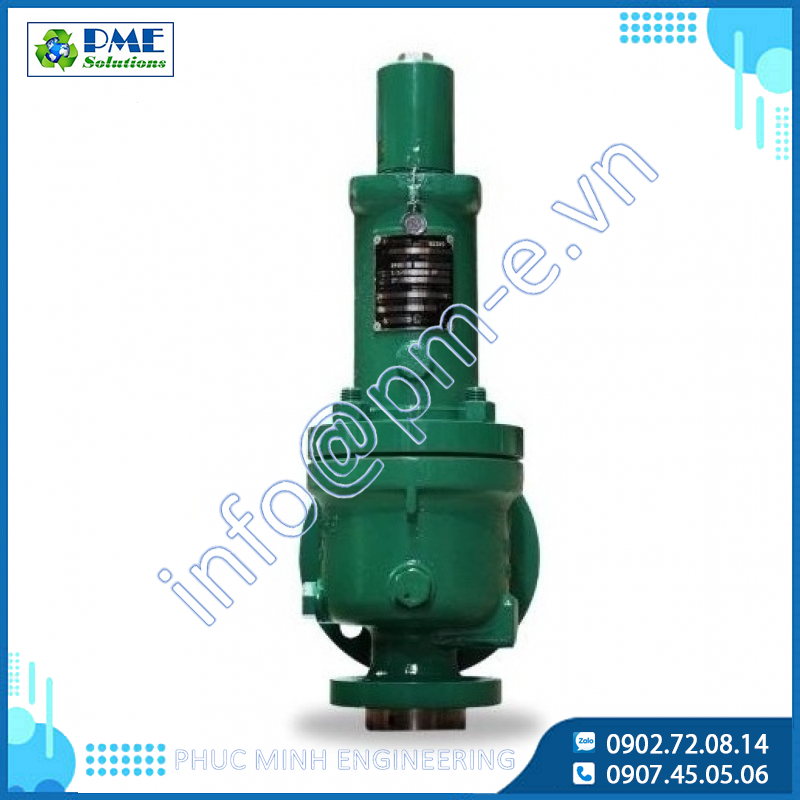
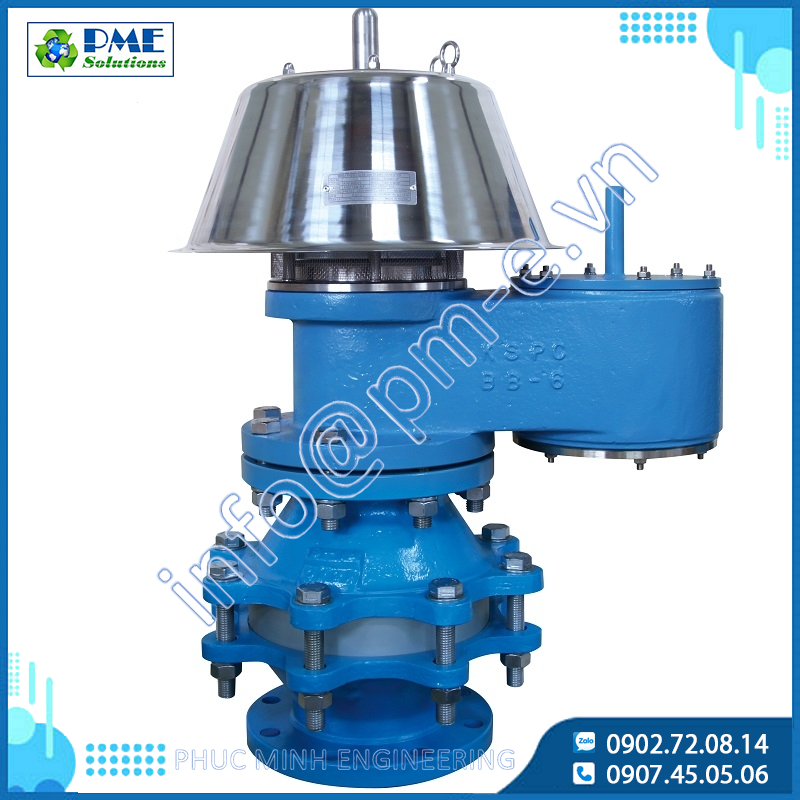
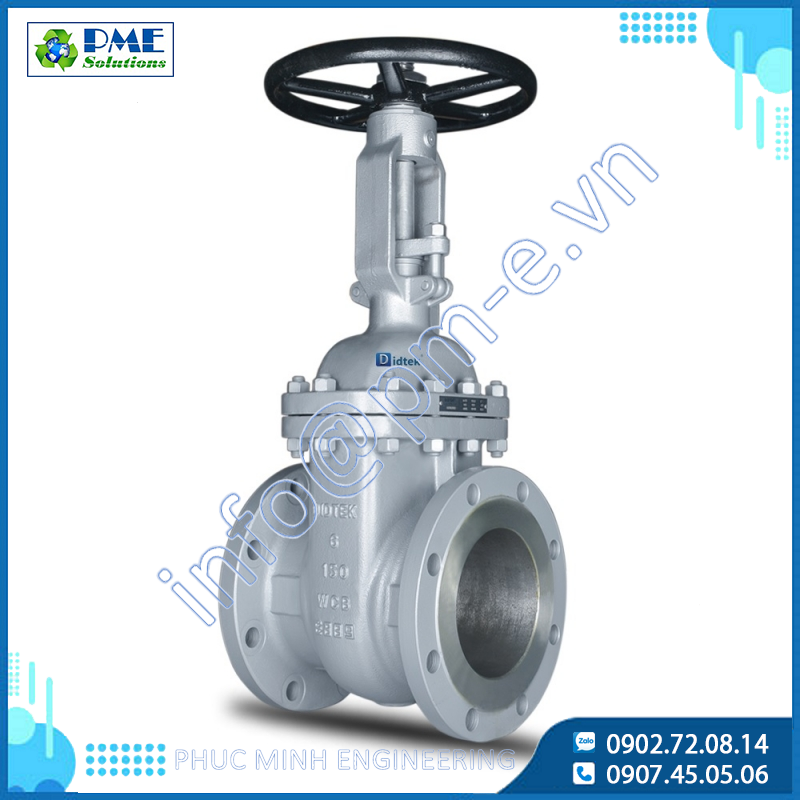
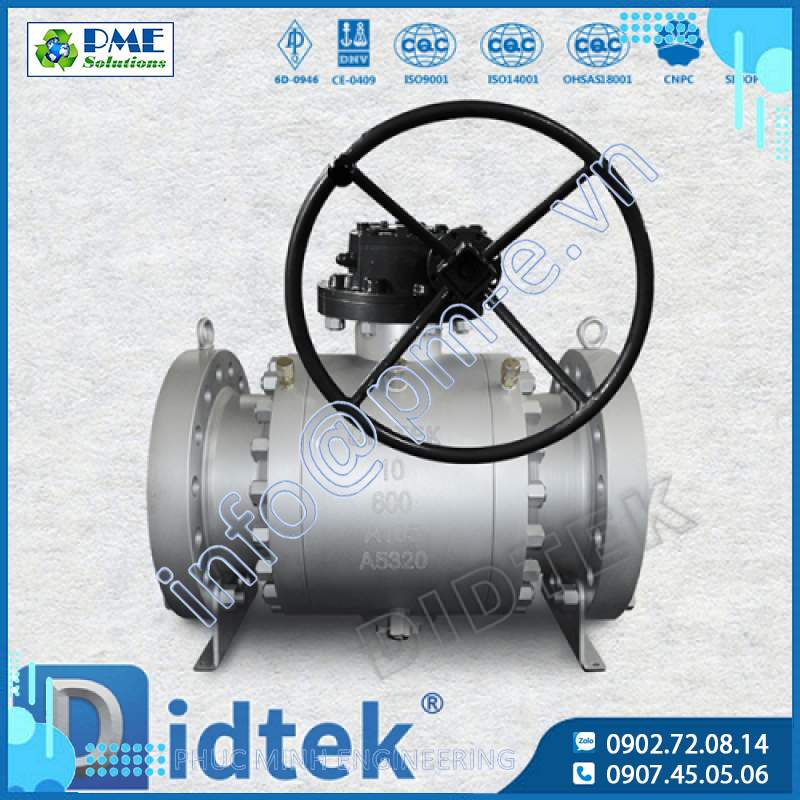
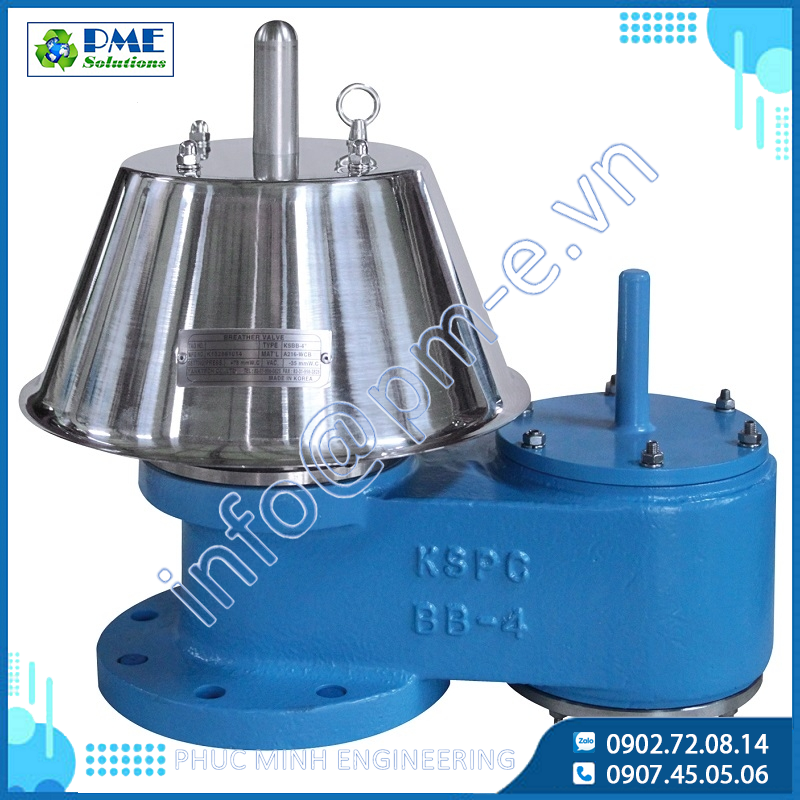


.png)






